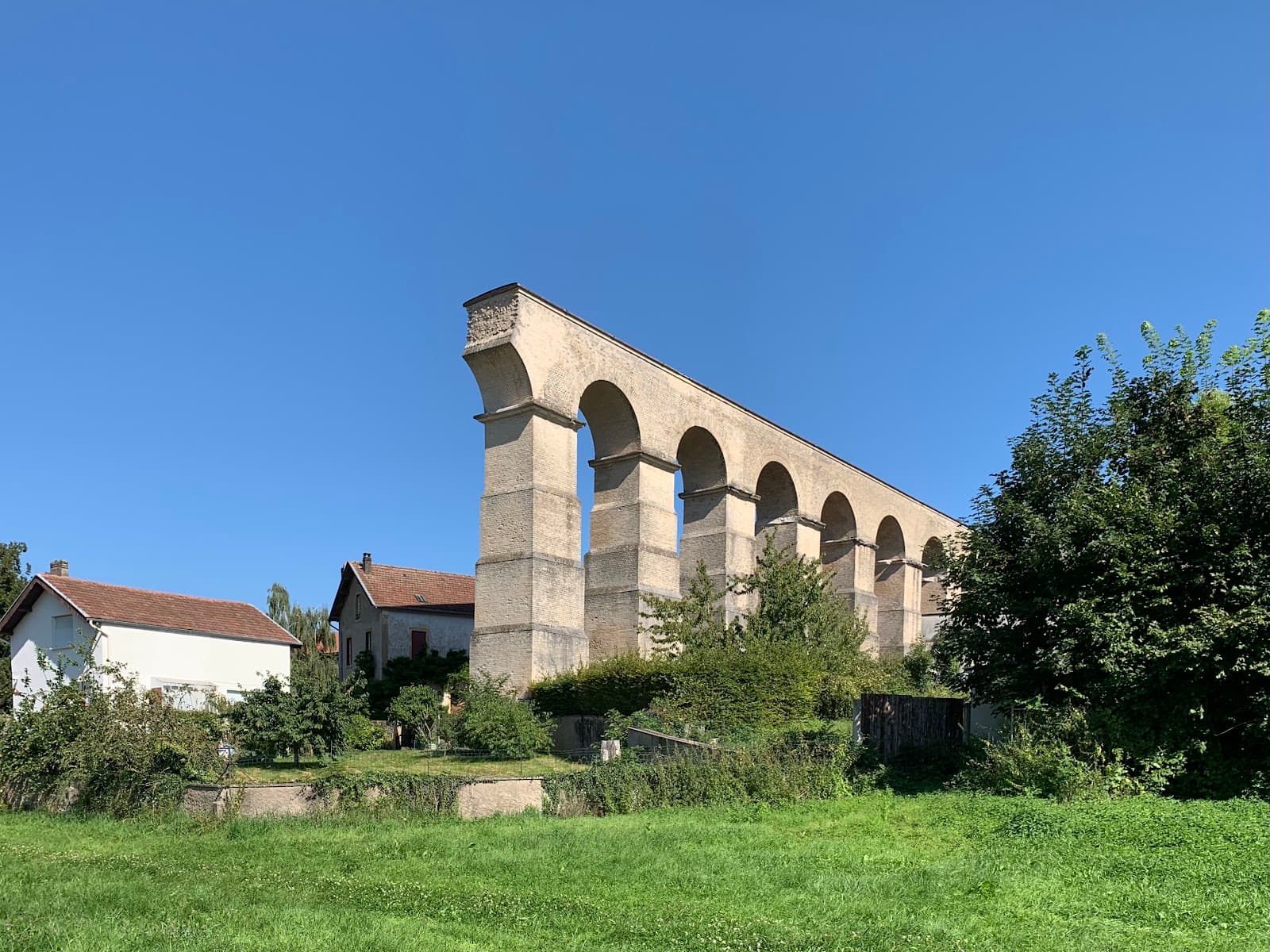
Aqueduc de Jouy-aux-Arches
A magnificent Roman aqueduct with 16 restored arches, offering a free glimpse into ancient engineering near the scenic Moselle River.
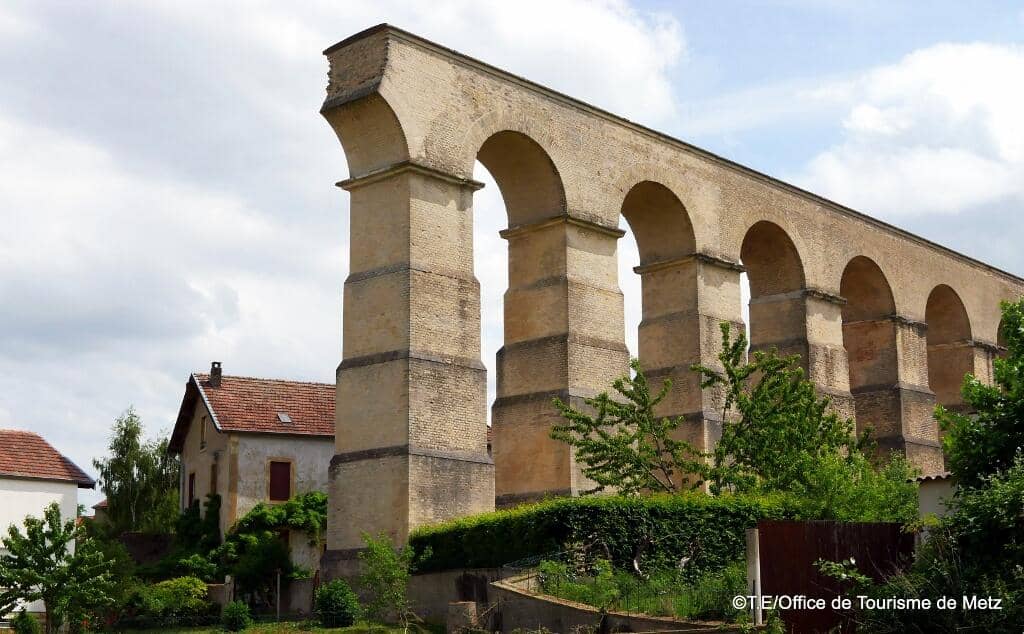
Highlights
Must-see attractions

Social
From TikTok & Reddit
Best Time
Fewer crowds, easier parking

Aqueduc de Jouy-aux-Arches
Best Time
Fewer crowds, easier parking

Highlights
Must-see attractions
A magnificent Roman aqueduct with 16 restored arches, offering a free glimpse into ancient engineering near the scenic Moselle River.
"Incredible remains right through the picturesque village on the banks of the Moselle."
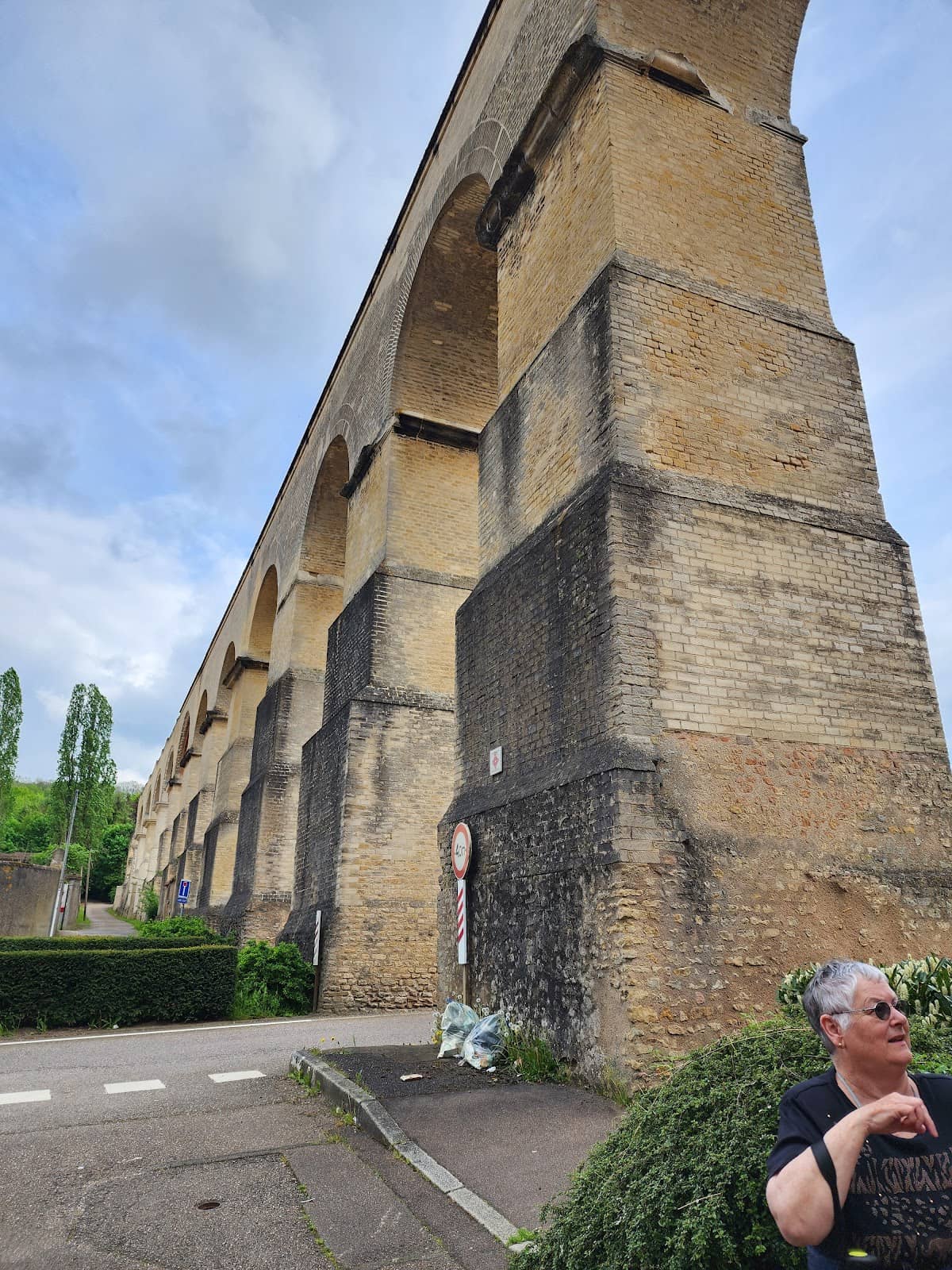
🚗 Parking Challenges
Parking can be difficult; consider parking in the village and walking.
📚 History is Key
Appreciate Roman ingenuity; it's free but best for history enthusiasts.
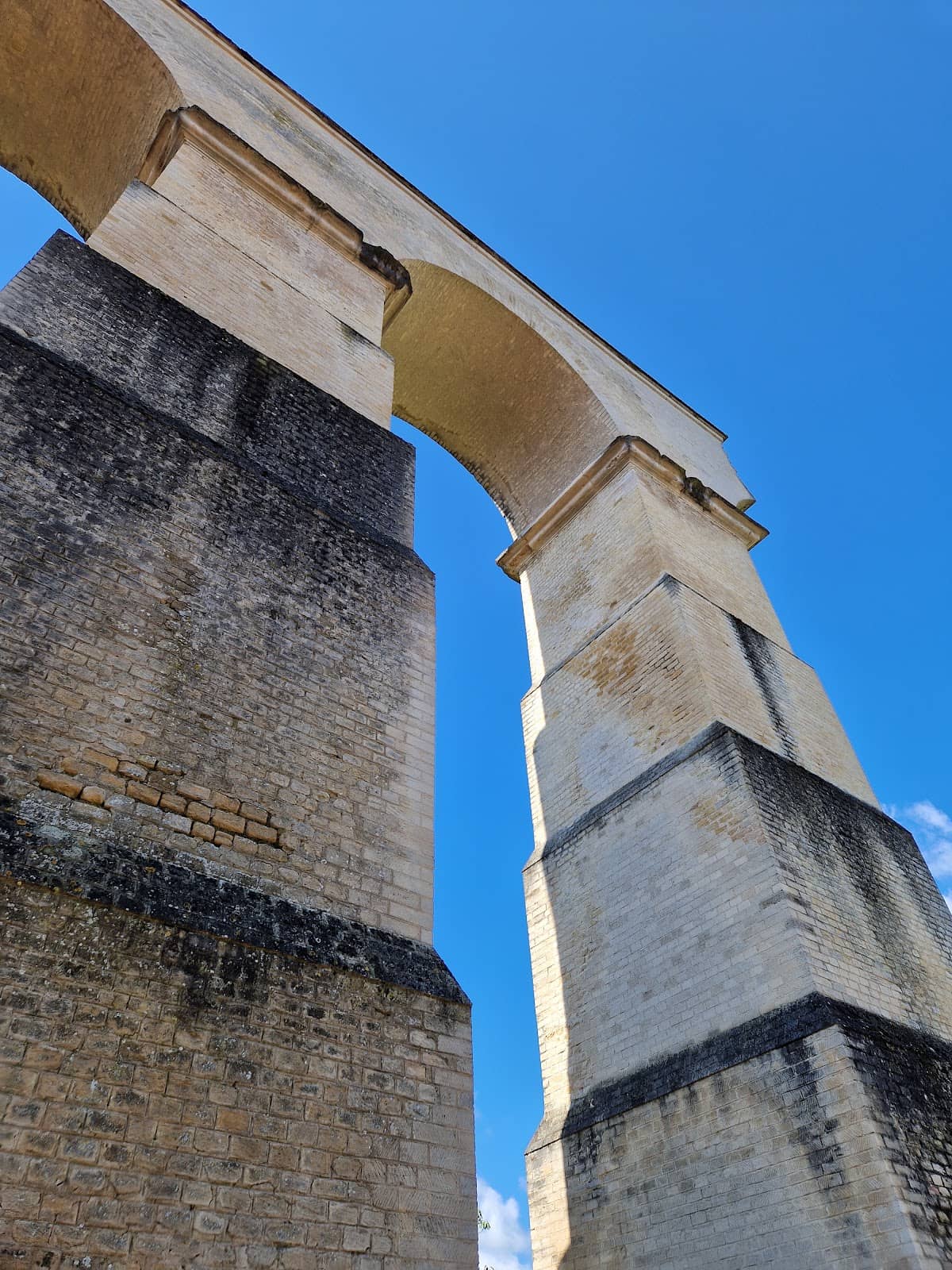
Highlights
Discover the most iconic attractions and experiences

The Grand Arches
Spanning Jouy-aux-Arches
Marvel at the 16 restored arches of this impressive Roman aqueduct, a testament to ancient engineering.

Informative Signage
Throughout the site
Discover the history with numerous information boards, conveniently available in multiple languages.

Picturesque Village Setting
Jouy-aux-Arches
Enjoy the aqueduct's integration with the charming village on the banks of the Moselle River.
Plans like a pro.
Thinks like you
Planning Your Visit
Parking Pointers
History Buffs Rejoice!
Best Times
Insider Tips
from TikTok, Instagram & Reddit
🚗 Parking Challenges
Parking can be difficult; consider parking in the village and walking.
📚 History is Key
Appreciate Roman ingenuity; it's free but best for history enthusiasts.
🌸 Cherry Blossom Views
Look for cherry trees nearby for a beautiful seasonal contrast.
🗣️ Multilingual Info
Information boards are available in many languages for easy understanding.
Tips
from all over the internet
🚗 Parking Challenges
Parking can be difficult; consider parking in the village and walking.
📚 History is Key
Appreciate Roman ingenuity; it's free but best for history enthusiasts.
🌸 Cherry Blossom Views
Look for cherry trees nearby for a beautiful seasonal contrast.
🗣️ Multilingual Info
Information boards are available in many languages for easy understanding.
What Travellers Say
Reviews Summary
Visitors praise the Aqueduc de Jouy-aux-Arches for its impressive Roman engineering and free access, highlighting the informative multilingual signs and picturesque village setting. Some note challenges with parking, suggesting visitors plan ahead or park in the village.
"On 17 July, 2024, my wife wanted to visit it. I drove her there but couldn’t find a nearby spot to park. Later, when my wife drove me passing it, I captured the Romain from inside our car."
Peter Kam Fai Cheung
"Cherry trees right next to this area"
Jessica Kelly
"I found the history fascinating. Loads of information points in English! Unless you admire the ingenuity of the Romans this may not be for you....at least it's free!"
Ian Collett
What People Like
What People Dislike
Frequently Asked Questions
🚇 🗺️ Getting There
The aqueduct is located in the village of Jouy-aux-Arches. Driving is the most common way to reach it. Be aware that parking can be challenging, as noted by visitors.
Information on direct public transport links can be limited. It's advisable to check local bus schedules or consider it as part of a larger road trip in the Moselle region.
Yes, if you are in the surrounding areas, cycling or walking can be a pleasant way to approach the site, especially along the Moselle River. The village itself is quite picturesque.
From Metz, driving is the most straightforward option, taking approximately 20-30 minutes depending on traffic. Consider using GPS for the most direct route.
You can typically find the aqueduct by searching for 'Aqueduc de Jouy-aux-Arches' or the village name 'Jouy-aux-Arches' on your GPS device or mapping app.
🎫 🎫 Tickets & Entry
No, the aqueduct is free to visit. This makes it an accessible historical site for everyone.
As an outdoor historical monument, the aqueduct is generally accessible at all times. However, it's always a good idea to visit during daylight hours for the best experience.
There is no entrance fee. The site is open to the public, allowing for free exploration and appreciation of its historical significance.
While technically accessible, visiting at night is not recommended due to safety and visibility. Daylight hours offer the best and safest viewing experience.
Official guided tours are not commonly advertised. However, the extensive information boards provide a wealth of historical context for self-guided exploration.
📸 📸 Photography
Early morning or late afternoon offer the best light for photography, creating dramatic shadows and highlighting the stonework. The golden hour can be particularly stunning.
The main arches themselves provide excellent photo opportunities. Consider framing the aqueduct with the village or the Moselle River in the foreground for varied shots.
Drone regulations vary by location. It's essential to check current French aviation rules and local restrictions before flying a drone near historical monuments.
A wide-angle lens is useful for capturing the scale of the aqueduct. A tripod can help with low-light photography during dawn or dusk.
Generally, personal photography is allowed. However, commercial photography or filming may require special permits. Always be respectful of the site and any visitors.
🎫 🏛️ History & Significance
This aqueduct was part of a vast Roman water system built to supply the city of Metz from springs in Gorze. It's a remarkable example of Roman civil engineering.
The entire Roman aqueduct system was very extensive, stretching for many kilometers. The visible section at Jouy-aux-Arches features 16 impressive arches.
The aqueduct was constructed by the Romans, likely during the Roman occupation of Gaul, showcasing their advanced engineering capabilities.
It's a significant historical monument demonstrating Roman infrastructure and their ability to manage water resources for urban centers. It's less famous than some others but still impressive.
Its primary purpose was to transport fresh water over long distances to supply the Roman city of Metz, ensuring a reliable water source for its inhabitants.
For Different Travelers
Tailored advice for your travel style
👨👩👧 Families with Kids
Practical tip: Since parking can be difficult, consider bringing a stroller that can handle varied terrain or opting for a carrier for younger children. The walk from the village parking can be a good opportunity for kids to burn off some energy before or after exploring the aqueduct. Pack snacks and drinks, as amenities directly at the site are limited.
🏛️ History Enthusiasts
Don't miss the opportunity to read all the information boards, which are available in several languages, providing comprehensive context about the aqueduct's construction, purpose, and historical significance. The free access allows for extended exploration and contemplation of this ancient marvel.
📸 Photographers
Consider using a wide-angle lens to capture the full scale of the arches. For those interested in capturing details, a prime lens can highlight the stonework and textures. Be mindful of potential parking challenges and plan your visit to allow ample time for setting up shots without feeling rushed.
Deep Dives
In-depth insights and expert knowledge
Roman Engineering Marvel
While not as globally famous as some other Roman aqueducts, its preservation and integration into the picturesque village of Jouy-aux-Arches make it a unique and worthwhile visit. The site is free to access, allowing everyone to appreciate the ingenuity of the Romans and the historical significance of this ancient watercourse. Information boards scattered throughout the site provide detailed historical context in multiple languages, enriching the visitor experience.
Exploring the aqueduct offers a tangible connection to the past, allowing you to imagine the daily lives of those who relied on this vital water supply. The surrounding landscape, with the Moselle River nearby, adds to the scenic beauty of the location, making it a peaceful and educational stop.
Visiting Jouy-aux-Arches
One common piece of advice from visitors is regarding parking. Finding a convenient spot directly at the aqueduct can be challenging, especially during busier periods. Many recommend parking within the village and taking a short, enjoyable walk to the site. This approach not only solves the parking issue but also allows for a more immersive experience of the village and its surroundings.
Beyond the aqueduct, the area offers opportunities for leisurely strolls along the river or simply enjoying the tranquil atmosphere of a French village. The presence of cherry trees near the site can add an extra layer of beauty, particularly in spring.



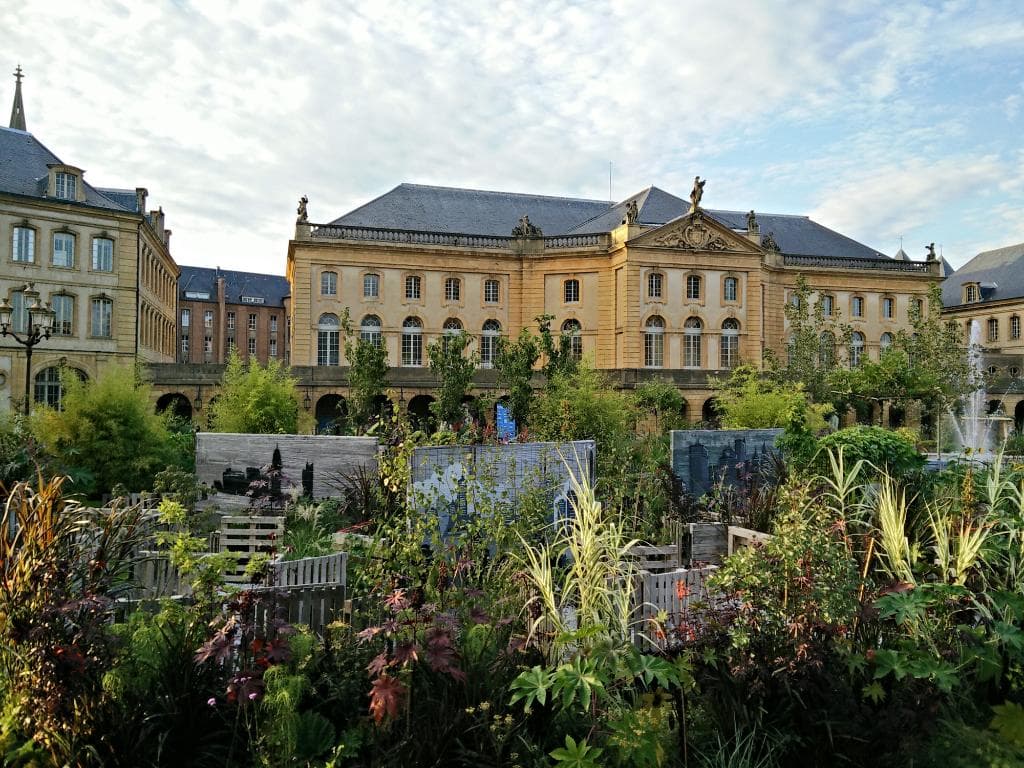

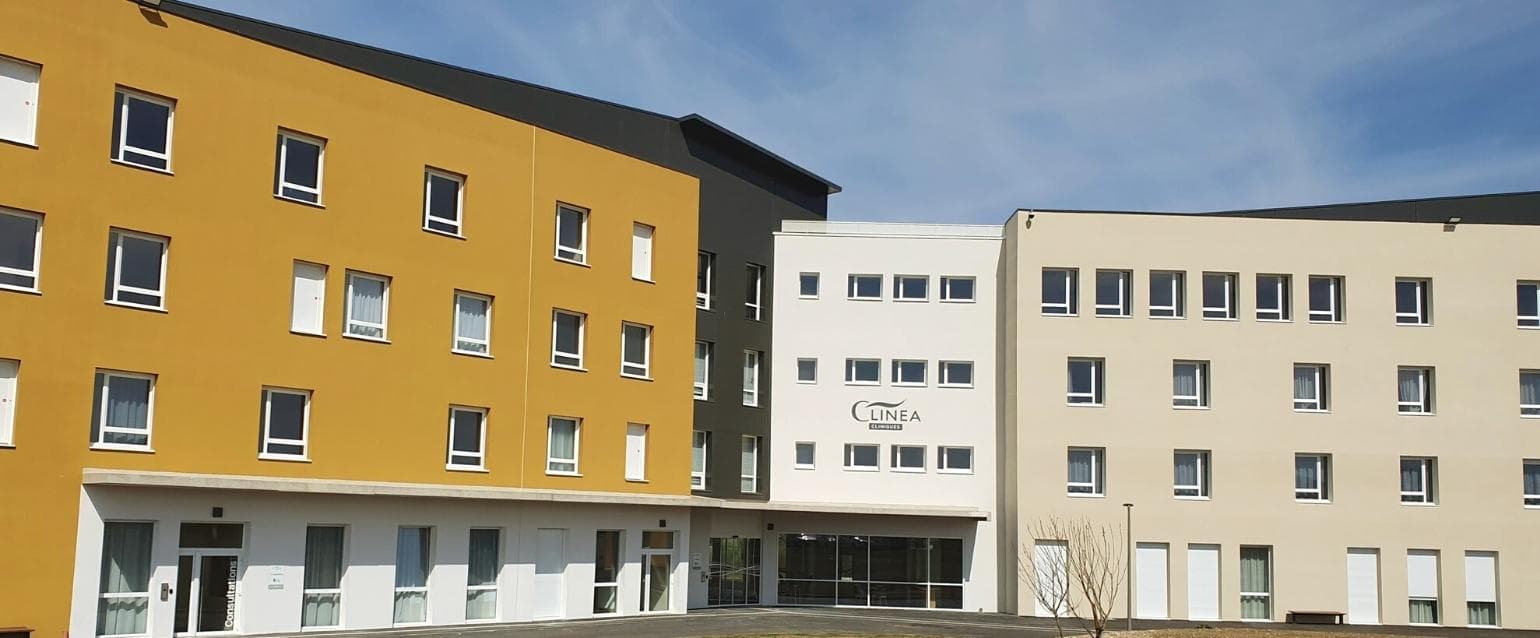
Social
from TikTok, Instagram & Reddit